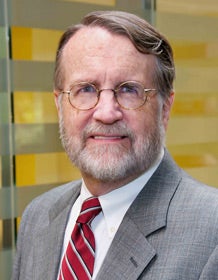Microscopic Hair Comparisons: A Cautionary Tale
Abstract
According to the National Academy of Sciences (NAS) Report on forensic science, “testimony linking microscopic hair analysis with particular defendants is highly unreliable.” This is a stunning conclusion because hair evidence has been admitted in numerous trials for over a century.
The NAS Report was not the first to raise issues concerning hair evidence. In 1996, the Department of Justice issued a report discussing the exonerations of the first twenty-eight convicts through the use of DNA technology. This report highlighted the significant role that hair analysis played in a number of cases of these miscarriages of justice, including some death penalty cases. In 1998, a Canadian judicial inquiry into the wrongful conviction of Guy Paul Morin was released. His original conviction was based, in part, on hair evidence. The judge conducting the inquiry recommended that “[t]rial judges should undertake a more critical analysis of the admissibility of hair comparison evidence as circumstantial evidence of guilt.” In addition, a federal district court in 1995 observed: “Although the hair expert may have followed procedures accepted in the community of hair experts, the human hair comparison results in this case were, nonetheless, scientifically unreliable.” The following year, two commentators wrote: “If the purveyors of this dubious science cannot do a better job of validating hair analysis than they have done so far, forensic hair comparison analysis should be excluded altogether from criminal trials.” Yet, courts continued to admit expert testimony based on this technique. A 25 decision noted that “[t]he overwhelming majority of courts have deemed such evidence admissible.”
This article examines the judicial history of microscopic hair analysis, including its role in several wrongful convictions. It discusses the misuse and the abuse of hair evidence, and the failure to establish an empirical basis for the technique. In sum, hair evidence provides a cautionary tale for other forensic techniques.
Keywords
Scientific Evidence, Hair Evidence, Forensic Science, Admissibility of Expert Testimony, National Research Council, National Academy of Sciences, Strengthening Forensic Science in the United States: A Path Forward (29)
Publication Date
2010
Document Type
Article
Place of Original Publication
Criminal Law Bulletin
Publication Information
46 Criminal Law Bulletin 531 (2010)
Repository Citation
Giannelli, Paul C., "Microscopic Hair Comparisons: A Cautionary Tale" (2010). Faculty Publications. 647.
https://scholarlycommons.law.case.edu/faculty_publications/647

